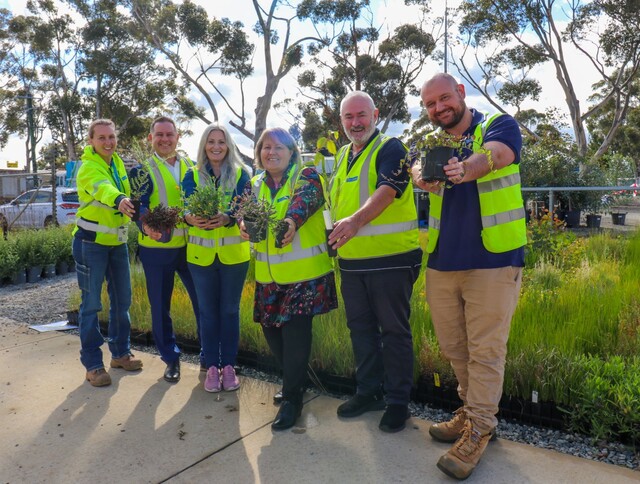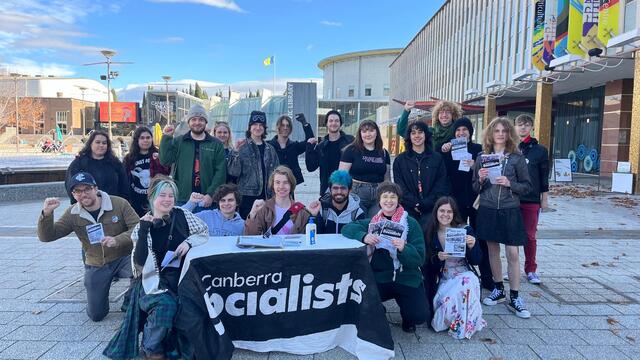The introduction of new accounting regulations AAS27 led to the recognition by many Councils that depreciation of their infrastructure assets was a major problem.
When Victoria’s Mount Alexander Shire introduced Moloney Asset Management System Software, this verified that its road network maintenance expenditure was outstripping allocated funding. This meant funds for capital replacement and rehabilitation for overall infrastructure were being undermined.
“The introduction of AAS27 was the first time that Local Government was able to put a figure on the quantity of its assets and the depreciation of those assets overtime,” said Mt Alexander’s recently retired Group Manager Technical Operations, John Keogh.
“While it was exciting to see another discipline impacting so profoundly on the engineering profession our initial findings were alarming,” he said.
“We realised we were spending insufficient funds to maintain the road network.
“On the positive side, the Moloney software was able to demonstrate ways to maintain the system to an acceptable standard.
“By clearly differentiating between capital replacement, maintenance costs and new capital, it gave us the capacity to develop a strategy for manipulating expenditure over time to achieve the most efficient and economical outcome.”
This software was developed by Peter Moloney, a former Local Government Engineer. It has been designed to specifically meet the needs of Councils in managing their local roads network. Currently, 27 Councils are using this software.
It provides a financial model for assessing conditions of roads and their estimated degradation over time using factors such as sub soil, type and volume of traffic and so on.
This information was fed into to two predictive models, the first calculating the annual amount required to maintain the assets within their current condition, and the second giving a prediction of the asset condition outcome given that existing expenditure would remain constant.
At Mount Alexander, Financial Model One indicated that high standard footpaths could sustain lower expenditure for some time.
On the other hand, roads required increased funding if they were to not decline and dramatically increase demand on capital in the future.
Financial Model Two demonstrated that low levels of capital funding for maintenance would only defer inevitable expenditure and lead to sub standard roads. To maintain assets in acceptable condition, an increase of 10 percent per annum was recommended
John Keogh believes the application of AAS27 to engineering operations has been the most profound change in Local Government in the last five years, and the Moloney software, first applied in Mount Alexander, an ideal way to implement it.
“We now have a sound methodology for determining what we should be spending and when and where we should be spending it,” he said.
For further information contact John Keogh, telephone (03) 9743 6197 or Peter Moloney on (03) 5476 2234.







